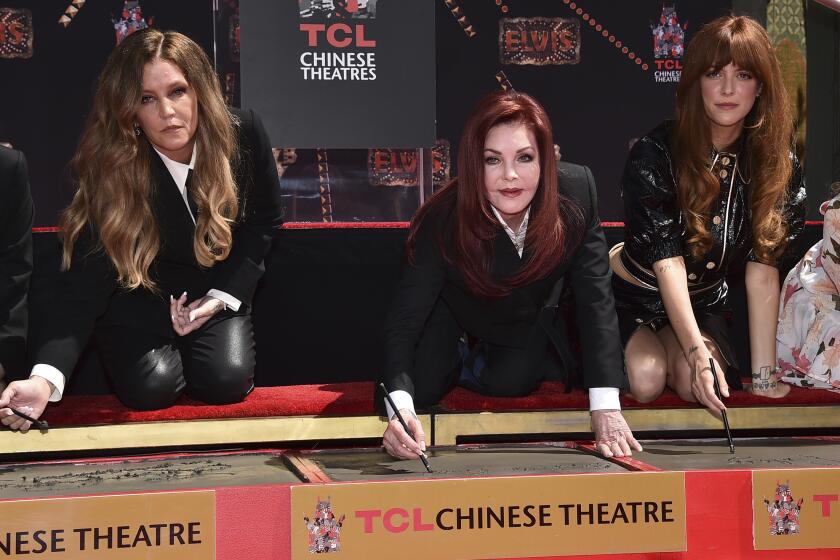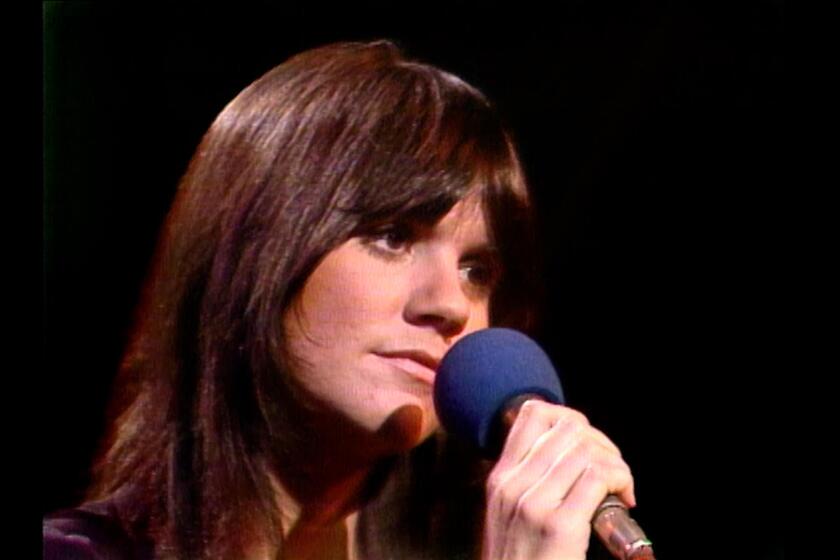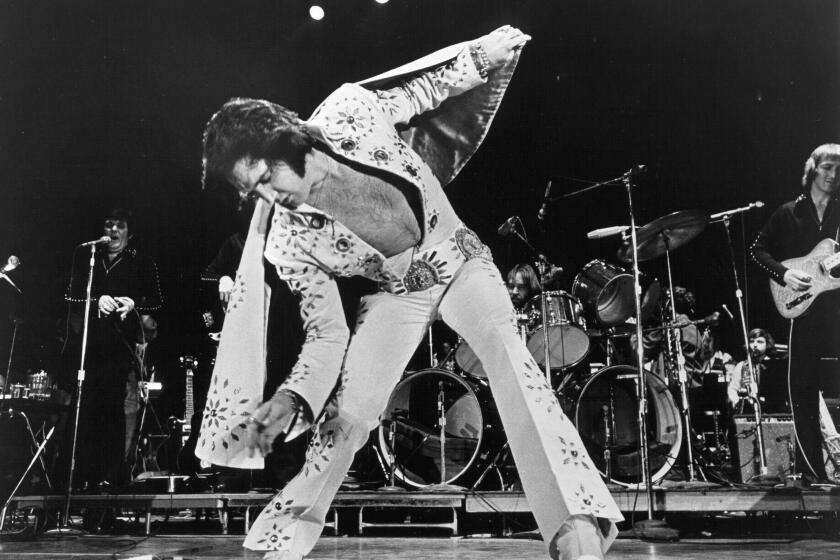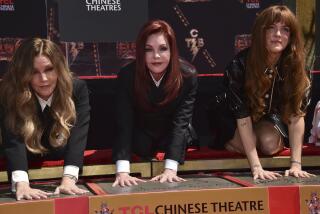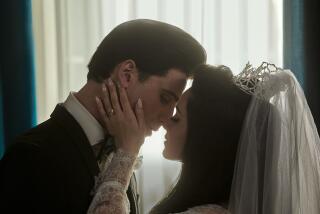The Kingâs last hurrah: Elvis Presleyâs âAloha From Hawaii via Satelliteâ turns 50
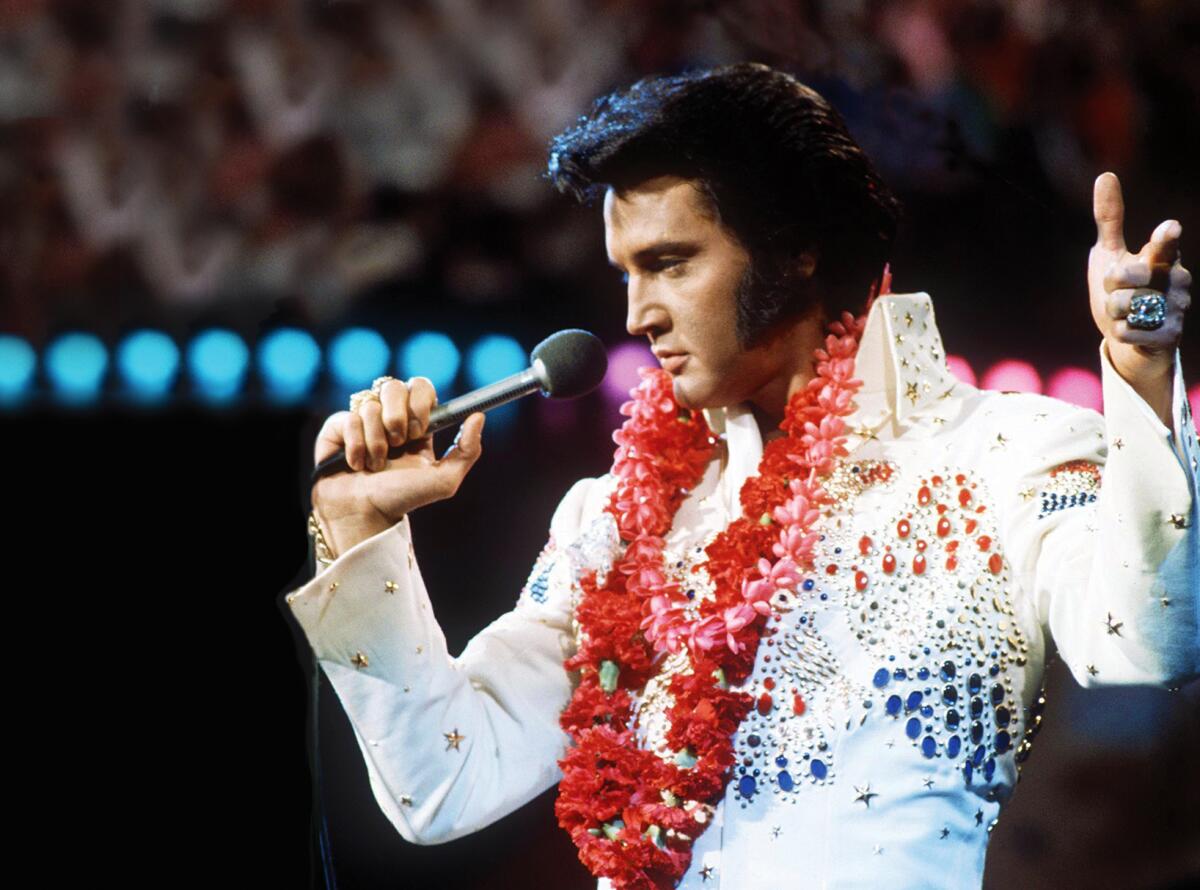
While Elvis Presley was an American icon, the rest of the world worshipped him too.
But Presley never experienced that global adulation in person. His manager Colonel Tom Parker, born in the Netherlands and residing illegally in the U.S., did not have a passport, which ultimately kept Presley from taking his wildly successful touring act of the early 1970s overseas.
âThe Colonel couldnât go and he didnât trust anybody enough to take him over there,â said author Alanna Nash, who wrote Parkerâs biography. âHe was always afraid someone was going to steal Elvis from him.â
In 1972, Parker found a way to satisfy the pent-up demand of the worldwide audience â a live TV concert delivered to international broadcasters via satellite. He is said to have been inspired by the live TV images from China that viewers saw during President Nixonâs historic 1972 visit.
The details of an agreement between Priscilla Presley and her granddaughter Riley Keough were revealed in court documents filed in Los Angeles on Monday.
On Friday, RCA Records and Legacy Recordings, the catalog division of Sony Music Entertainment, releases a newly remastered version of that January 1973 show â âElvis Aloha From Hawaii via Satelliteâ on CD, vinyl, digital download and a Blu-ray video disc â in honor of its 50th anniversary. Itâs a throwback to a pop-culture landmark and an opportunity for younger fans who became acquainted with the King through Baz Luhrmannâs Oscar-nominated âElvisâ to experience what turned out to be the final triumph of his career.
While not as heralded as the 1968 NBC show known as âThe â68 Comeback Special,â which thrust Presley back into the contemporary music scene after a lull while he made movies, âAlohaâ stands as the last recorded live performance of Presley at the peak of his powers before the downward spiral that ended with his death on Aug. 16, 1977.
âItâs really his last big hurrah,â Nash said.

There was a bit of bluster in the promotion of the event, with claims by Parker and RCA that it reached an audience of 1 billion people. Still, Presley was the first artist to carry a satellite broadcast on his own (in 1967 the BBC aired âOur World,â a program that included multiple acts including the Beatles).
Presleyâs concert, held Jan. 14, 1973, at the Honolulu International Center Arena, aired live only in Asia and Oceania. It was seen in Europe the following day and did not show up in the U.S. on NBC until April 4, 1973, where it was watched by a staggering 57% of homes using television that night, according to Nielsen.
(Executives at MGM begged for the delayed U.S. broadcast as they feared it would cannibalize the moviegoing audience for âElvis on Tour,â a documentary that was still in theaters. The concert date also conflicted with the Super Bowl.)
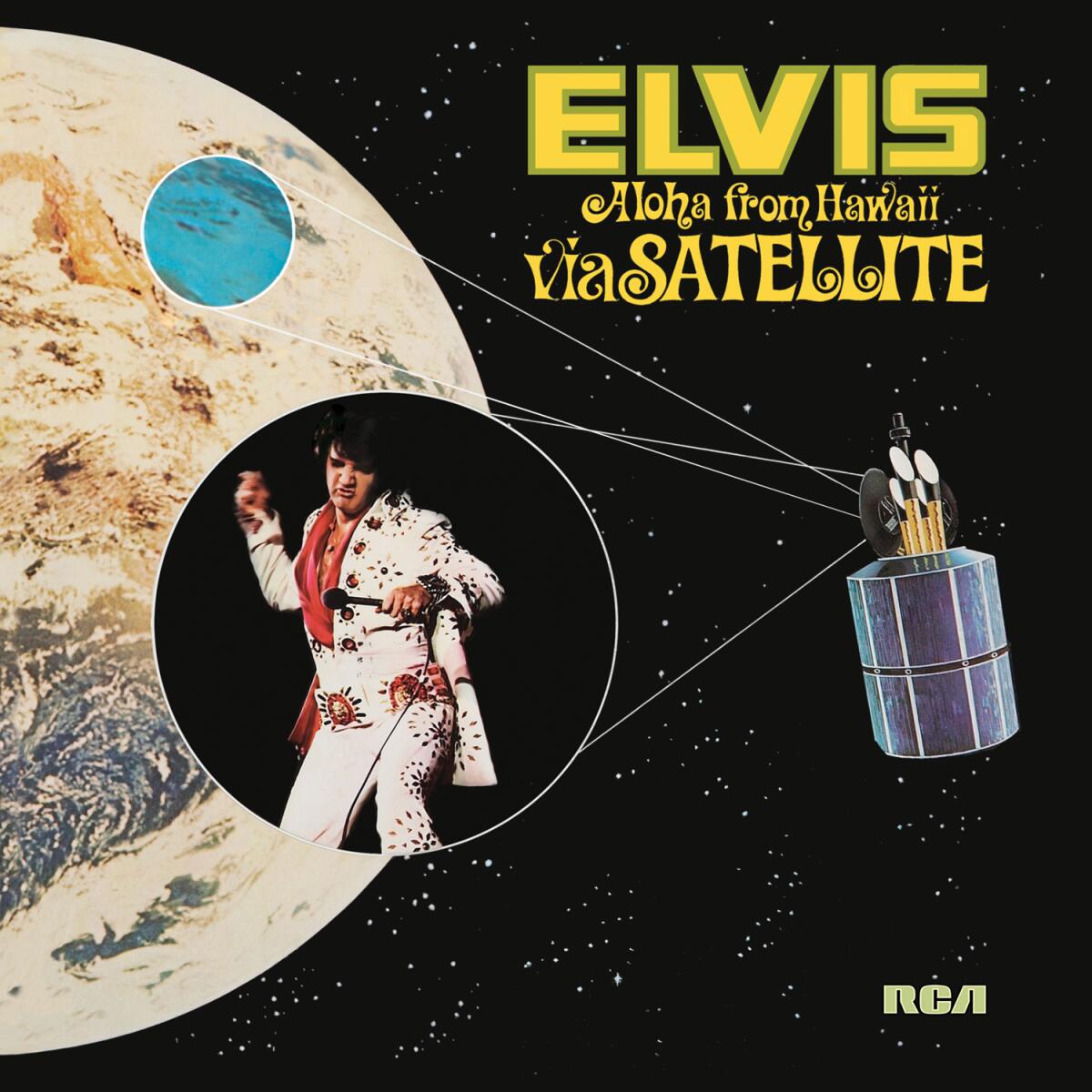
The concert came at a time of personal turmoil for Presley. His marriage to Priscilla Presley was over and his dependence on drugs was deepening. One reason Parker proposed the concert was to get the King out of his funk.
NBC, under the same corporate ownership as RCA Records at the time, hired veteran producer Marty Pasetta to oversee the show. As preparation, Pasetta attended a Presley concert in Long Beach. He was not impressed; Presley was pale and puffy and his onstage movements were limited.
Pasetta knew how to handle big stars. He was a seasoned master at managing big events for the small screen, having produced Oscar telecasts and presidential inaugurations. Still, he was a bit unnerved at having to confront Presley, who was accompanied by two pistol-toting bodyguards at their first meeting at the Hilton Hotel in Las Vegas.
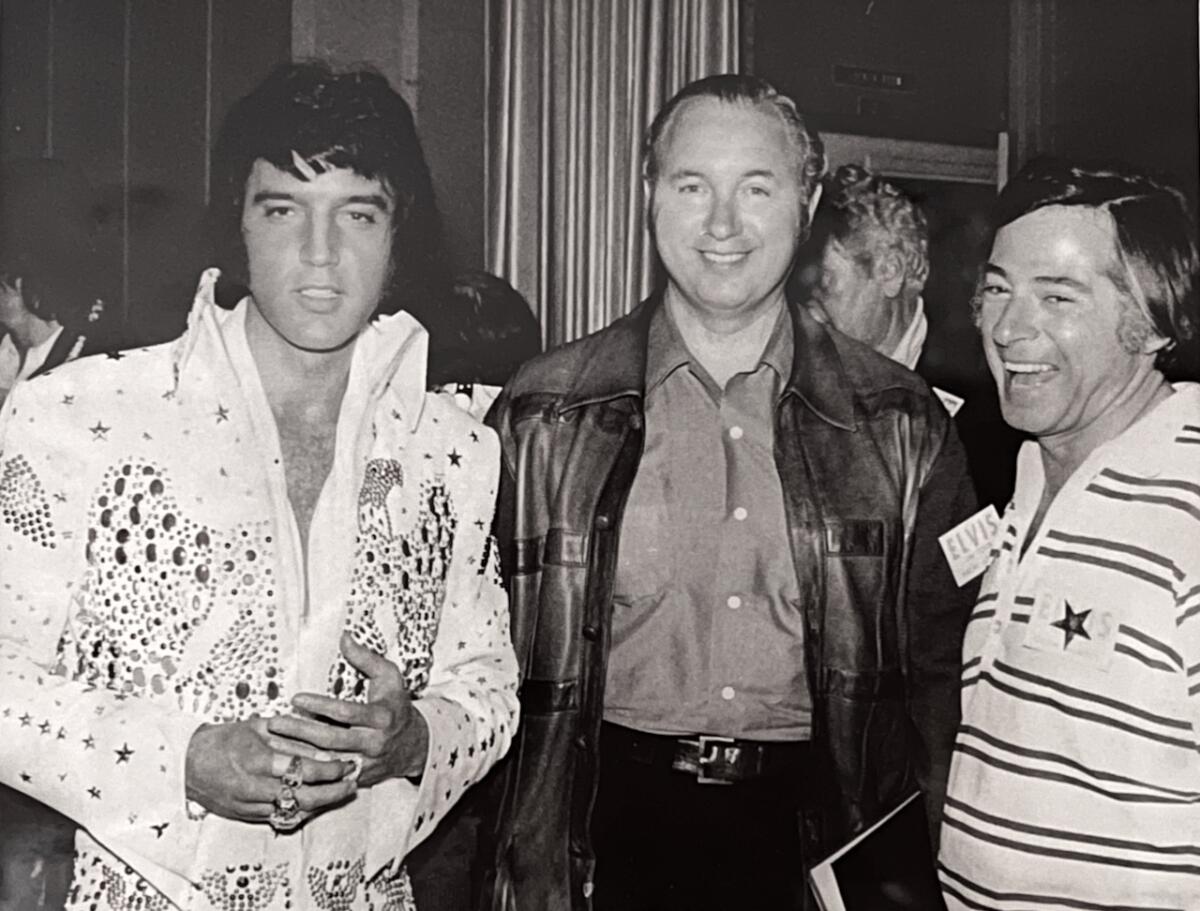
âMarty told him, âYouâve got to lose weight â youâve got to move more,ââ Pasettaâs widow, Elise, recalled in a recent phone interview. âElvis had his dark glasses on. He threw them off and he came over and hugged Marty and said, âYouâre the first person that ever told me the truth.ââ
Presley went on a crash diet, aided by injections of urine from a pregnant woman, in which he was limited to 500 calories a day of dried food. By the date of the show, he looked tan, rested and ready, a sleek figure in his bejeweled white jumpsuit and cape, although Nash noted he still needed an amphetamine-infused B-12 injection before going on.
Presley also caused a slight panic with his wardrobe handlers as he gave away the ruby-encrusted belt of his costume to the wife of âHawaii Five-0â star Jack Lord, whom he met at a rehearsal. A new one had to be made and shipped in time for the show.
Pasetta sold Presley on a set design that included a lower stage and a long runway that allowed the star to get closer to female fans, who put leis around Elvisâ neck during the performance. They got a kiss, a scarf or a perspiration-filled hankie in return, keeping the crowd in a frenzy for the full hour.
Above the stage, âElvisâ was spelled out in different alphabets, and there were flashing lights that presented an image of him swiveling with a guitar.
In Japan, anticipation of the show was so intense, the broadcast showed the Hawaii audience filing into the auditorium for more than an hour before the concert began, Elise Pasetta recalled.
The music in âAlohaâ is representative of Presleyâs touring show of the era â he had been on the road during much of 1972 â and his personal taste at the time. Some of the performances of rock ânâ roll classics â his own and covers such as âJohnny B. Goodeâ â feel a bit obligatory, perhaps a sign that he had outgrown the music of his youth.
Where to see classic performances from David Bowie, Linda Ronstadt and Tina Turner? YouTube is now home to clips from Burt Sugarmanâs late-night show.
Presley is far more emotionally involved in the showâs heavily orchestrated ballads, such as âMy Way,â âWhat Now My Love,â âItâs Overâ and âYou Gave Me a Mountain,â which were more in the ilk of middle-of-the-road pop singers Tom Jones or Engelbert Humperdinck. The drama is turned up to 11 on âAn American Trilogy,â the Mickey Newbury-arranged medley of âDixie,â âThe Battle Hymn of the Republicâ and âAll My Trialsâ that became a staple of Presleyâs live show at a time when the country was weary of the Vietnam war.

Ernst Jorgensen, producer of the âAlohaâ reissue and keeper of the Presley catalog for more than 30 years, acknowledged that the era is not a favorite among rock purists and critics. (âHe strays into Caesarâs Palace territory,â Jon Landau wrote in Rolling Stone.)
âAt that time, there was so many people who still wanted him to be rock ânâ roll,â Jorgensen said. âHe matured as an artist, and not necessarily the way that the rock generation thought you should mature.â
There are moments throughout the show that display Presleyâs stylistic prowess, especially on âSteamroller Blues,â a song from James Taylorâs âSweet Baby Jamesâ album that mocked the white boy blues bands of the 1960s.
Presley delivers it with a sly smile, showing he gets the joke. Even with its absurd lyrics (âIâm a napalm bomb, guaranteed to blow your mindâ), he makes the song feel authentic. It became a top-20 single.
âElvis was at his very core a blues singer,â said Nash. âIt becomes an entirely different kind of song from Elvis.â
While Presleyâs live show was a well-oiled machine by this point, Jorgensen sensed a slight nervousness on the singerâs part on the program.
âHe might have been somewhat overwhelmed by the event,â he said. âAnd the musicians say later that it didnât really dawn on them until after the show that theyâd been part of music history.â
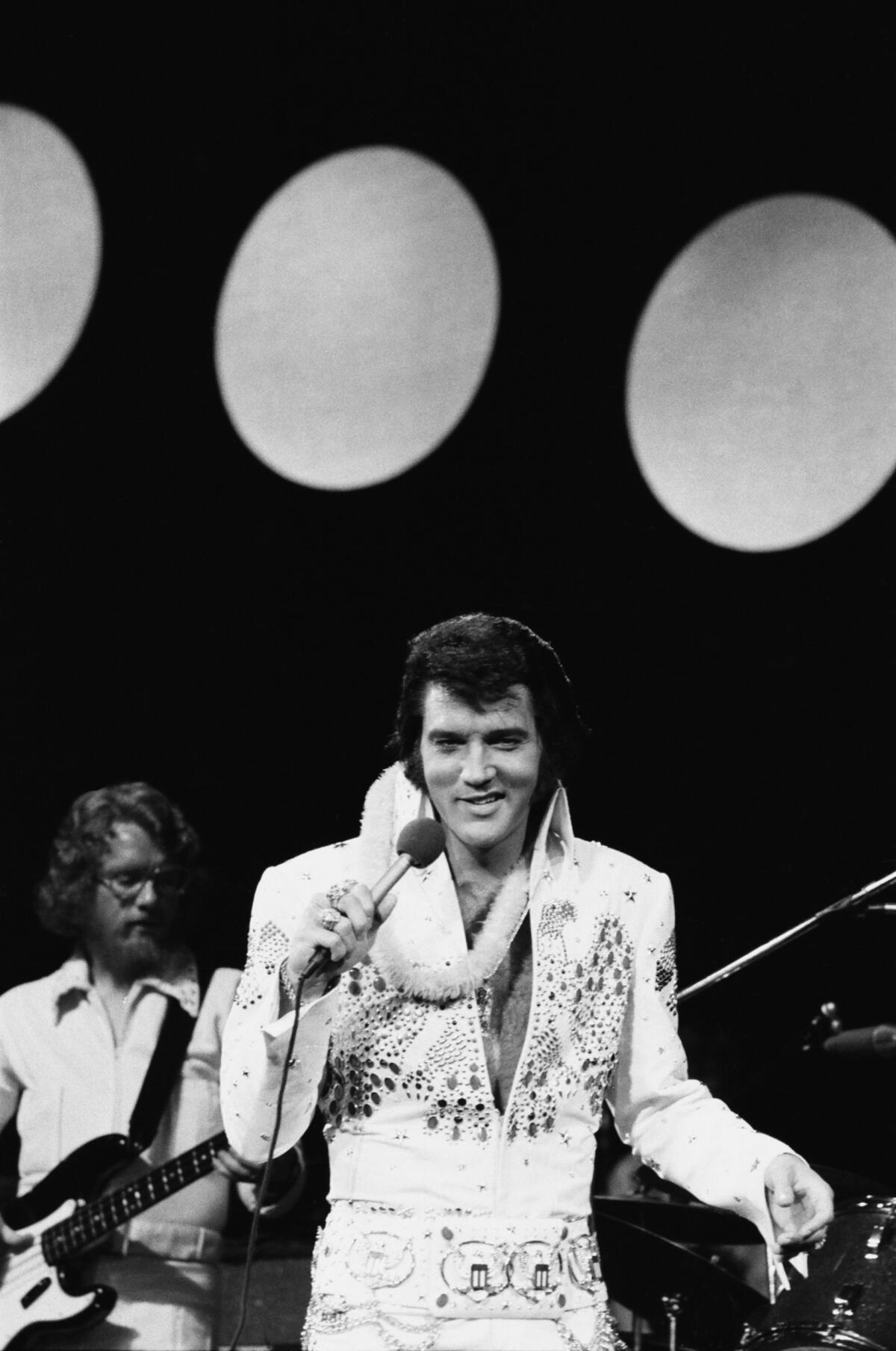
The concert and telecast went off without a hitch. Elise Pasetta, who was backstage at the show, remembers seeing a jubilant Presley afterward. âHe came walking very quickly over to me, picks me up and spins me around and said that âthis the best time Iâve ever had,ââ she said.
The double-album soundtrack of âElvis Aloha From Hawaii via Satelliteâ was rushed into stores on Feb. 4, 1973, three weeks after the concert and only seven months after RCA put out Presleyâs âElvis as Recorded Live at Madison Square Garden.â
The album jacket for âAlohaâ â with its illustration of a satellite beaming an image of Presley to Earth â had to be printed before the concert, without a listing of track titles. A sticker with the set list was affixed to the cover after the vinyl was pressed.
Baz Luhrmannâs splashy âElvisâ biopic attempts to make the King relevant to a new generation. But 50 years after Presleyâs last Top 10 hit, is it too late?
âAlohaâ steadily climbed the Billboard 200 chart and hit No. 1 in early May, sales propelled by the concertâs airing on NBC. It marked Presleyâs first time on top of the album chart since 1964 and went on to sell more than 5 million copies in the U.S., further validating the career transformation that began with his comeback special.
âYou see in âAloha,â even more than the âComeback Special,â a real hunger to prove that he is a relevant artist, that he has survived the psychedelic period and has come back into his own,â Nash said.

Jorgensen is pleased that the reissue presented the opportunity to remaster the recording, which he felt sounded compressed and âa bit lackluster.â Matt Ross-Spang, a Grammy-winning Memphis-based audio engineer, went to work on it, bringing out more clarity in Presleyâs voice.
The new âAlohaâ will satisfy Presley completists, as it includes a recording of the dress rehearsal and tracks recorded after the show used to fill out the 90-minute version of the U.S. telecast.
There appears to be no end to the reservoir of Presley content. On Aug. 15, streaming platform Paramount+ debuts a new documentary, âReinventing Elvis: The â68 Comeback Special,â which explores the backstory of the groundbreaking show. Director Sofia Coppolaâs âPriscilla,â a theatrical film telling the story of Presleyâs marriage, is scheduled for release in October.
But the line may be drawn at Presleyâs final TV special, which aired on CBS less than two months after his death (a poignant performance of âUnchained Melodyâ on the program is re-created in Lurhmannâs âElvisâ and uses a brief clip of the actual footage shot in June 1977, when Presley appeared overweight and clearly in poor health). The entire show has never been given an authorized video release.
âThereâs no decision made on that,â Jorgensen said. âThereâs been various speculations on how Lisa Marie (Presleyâs daughter, who died in January) felt about it and I donât know if that has opened up for a discussion now. It was just total heartbreak.â
More to Read
The biggest entertainment stories
Get our big stories about Hollywood, film, television, music, arts, culture and more right in your inbox as soon as they publish.
You may occasionally receive promotional content from the Los Angeles Times.
